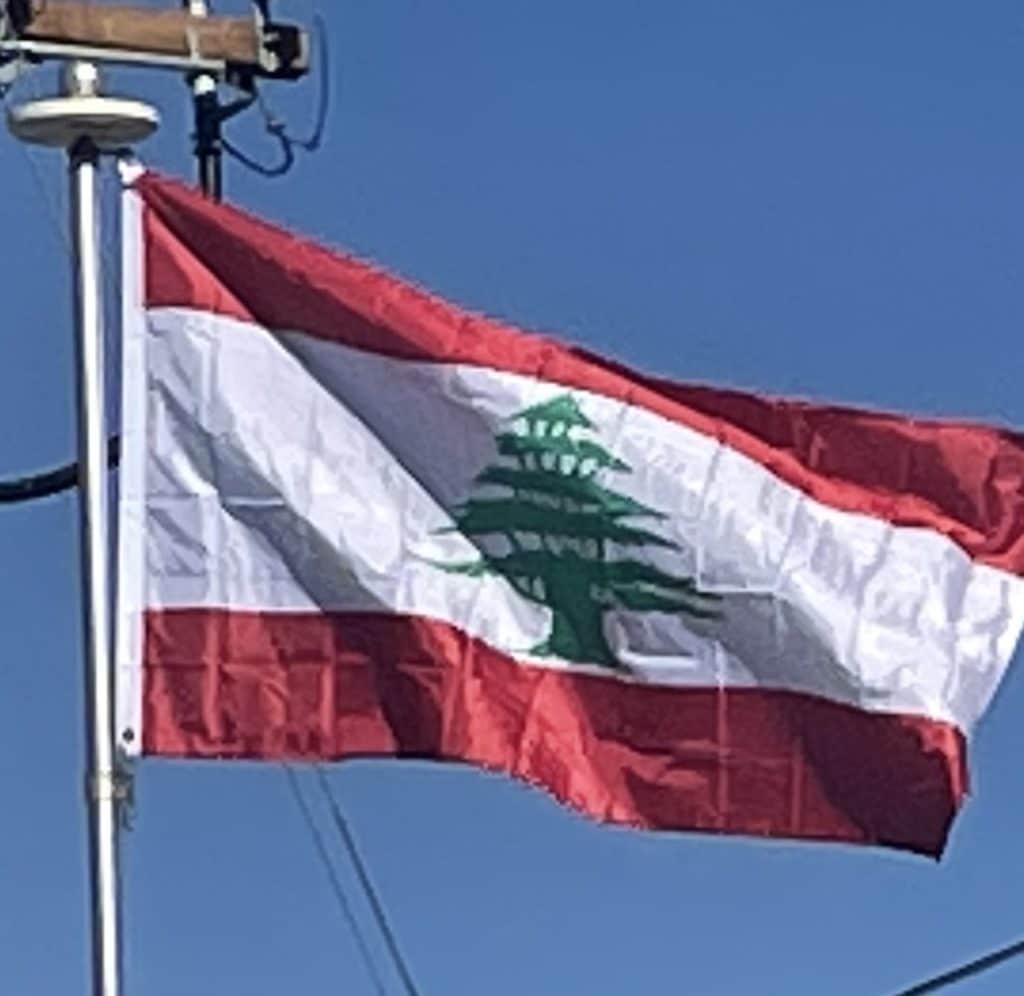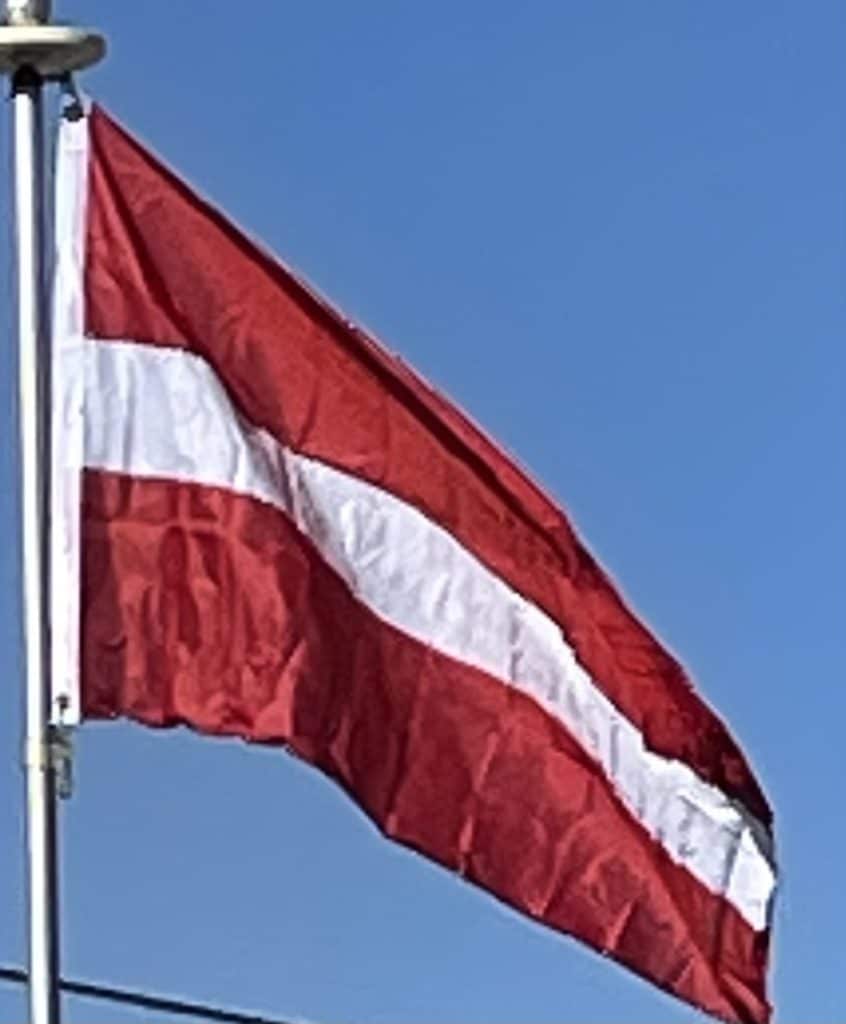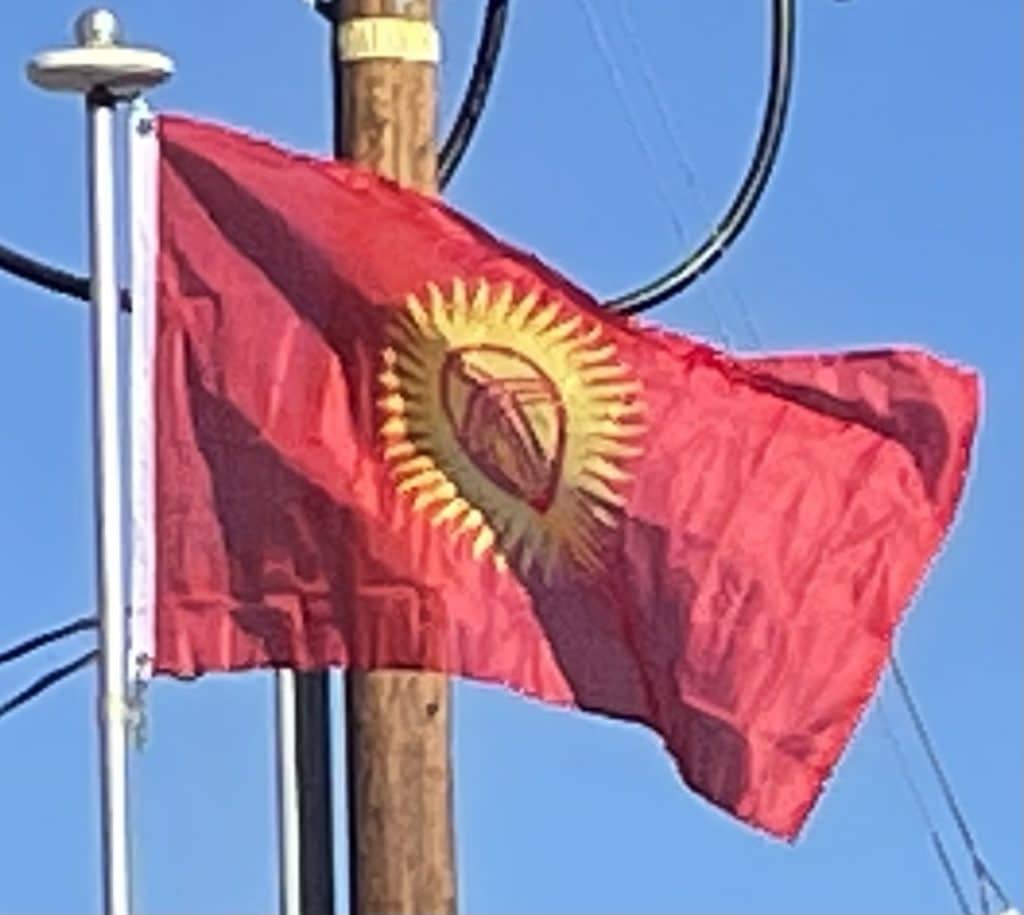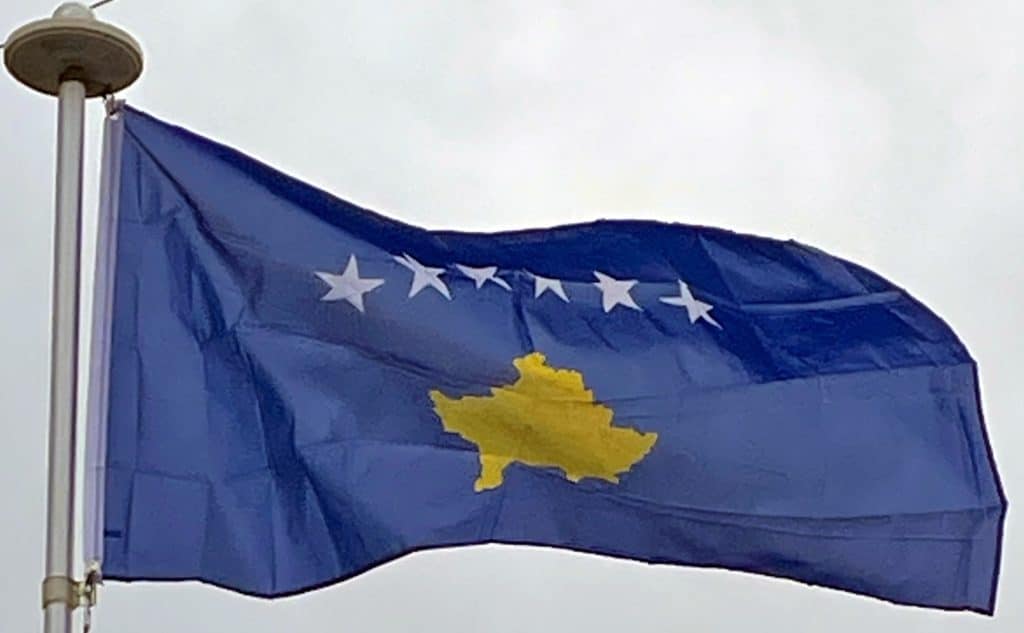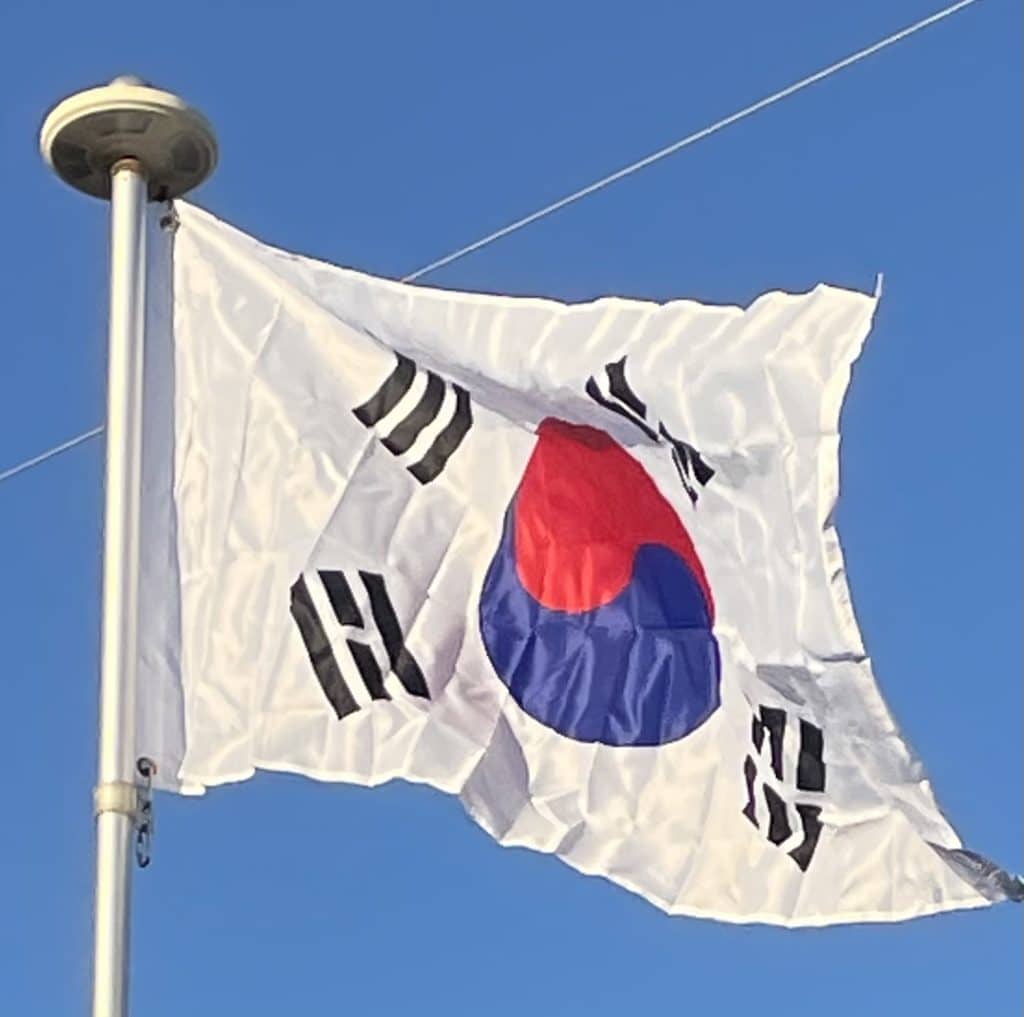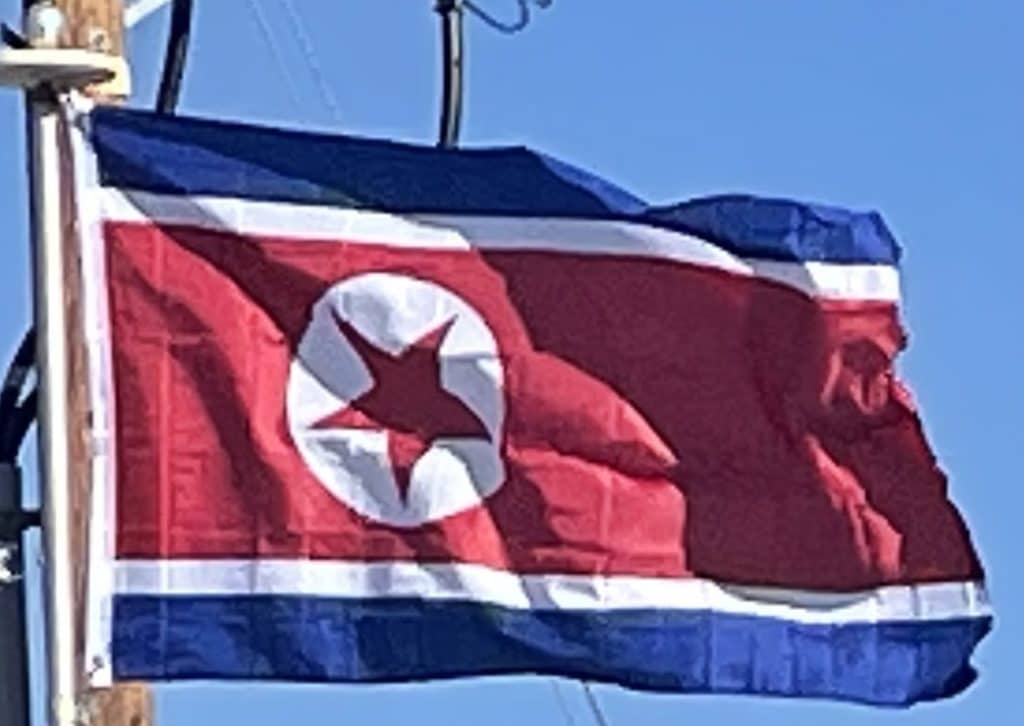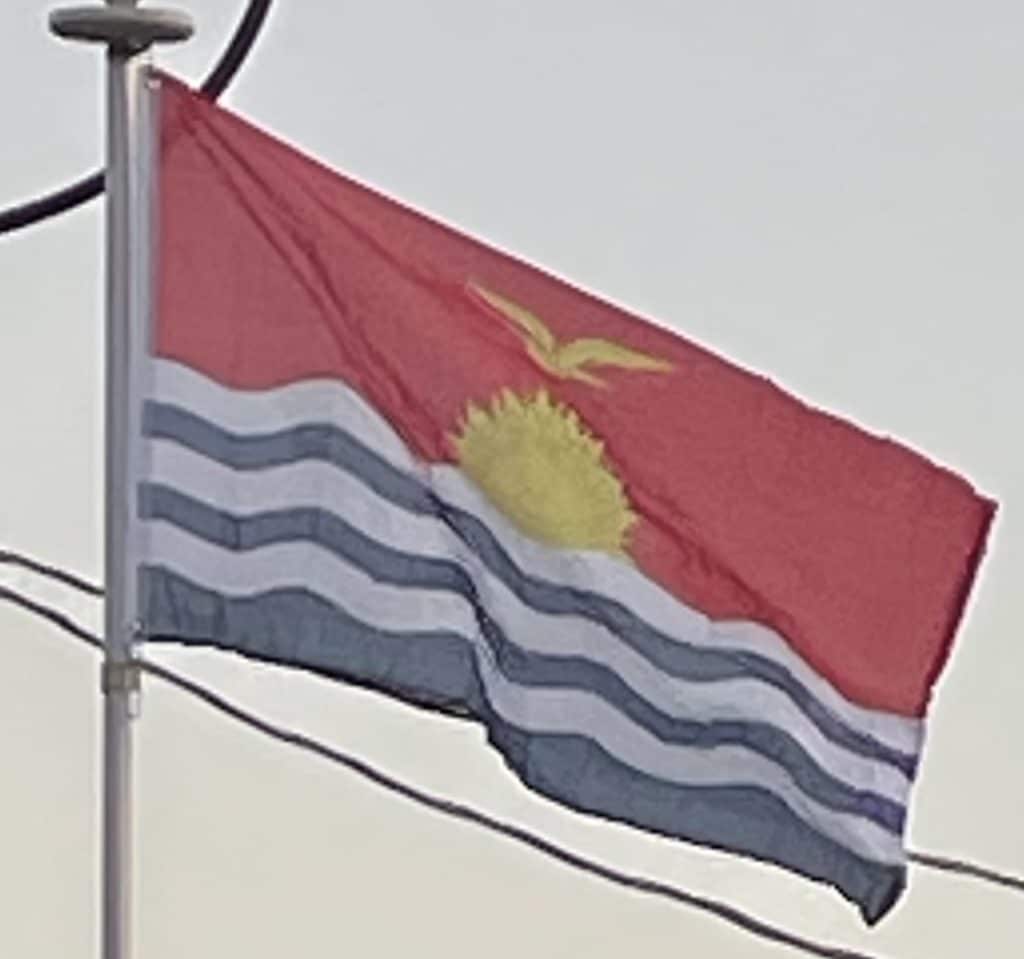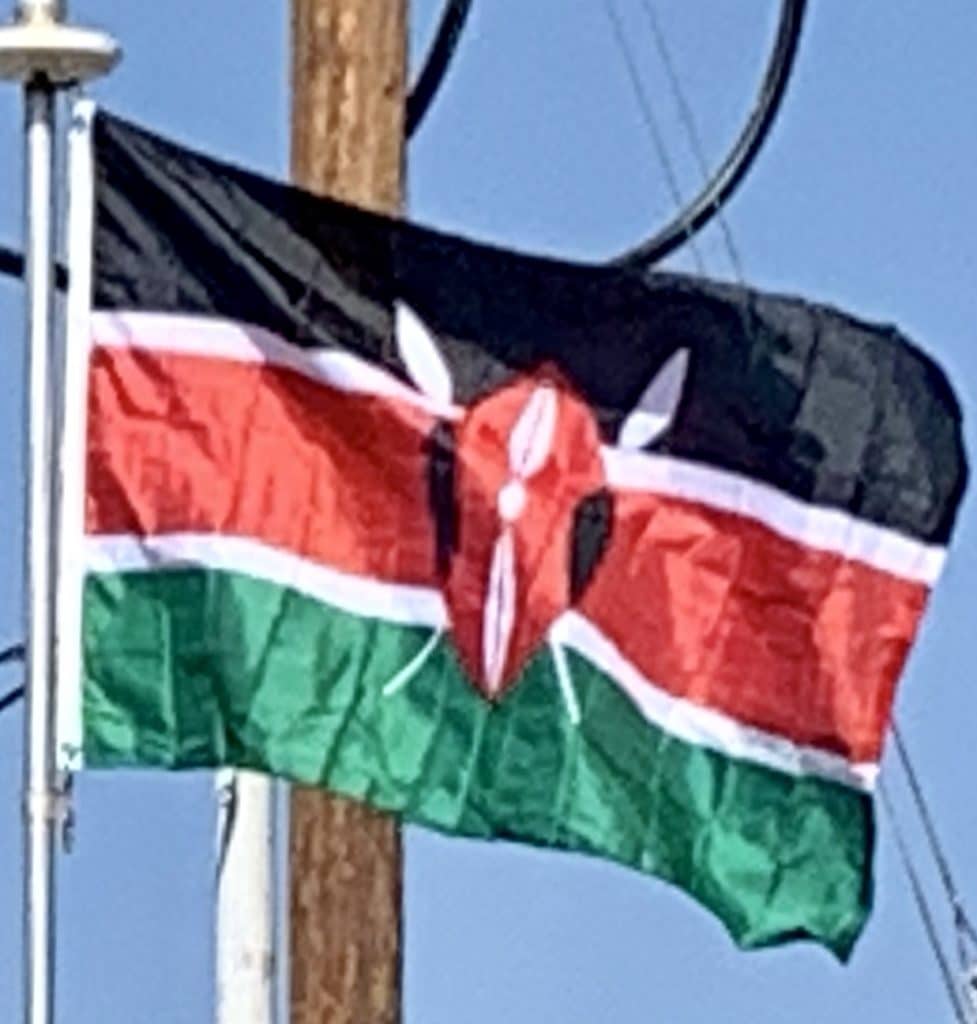Lebanon
The flag of Lebanon is formed of two horizontal red stripes enveloping a horizontal white stripe. The white stripe is twice the height ( width ) of the red ones (ratio 1:2:1). The green cedar (Lebanon Cedar) in the middle touches each of the red stripes and its width is one third of the width of the flag.
The presence and position of the Cedar in the middle of the flag is directly inspired by the mountains of Lebanon cedar (Cedrus libani). The Cedar is a symbol of holiness, eternity and peace. As an emblem of longevity, the cedar of Lebanon has its origin in many biblical references.
